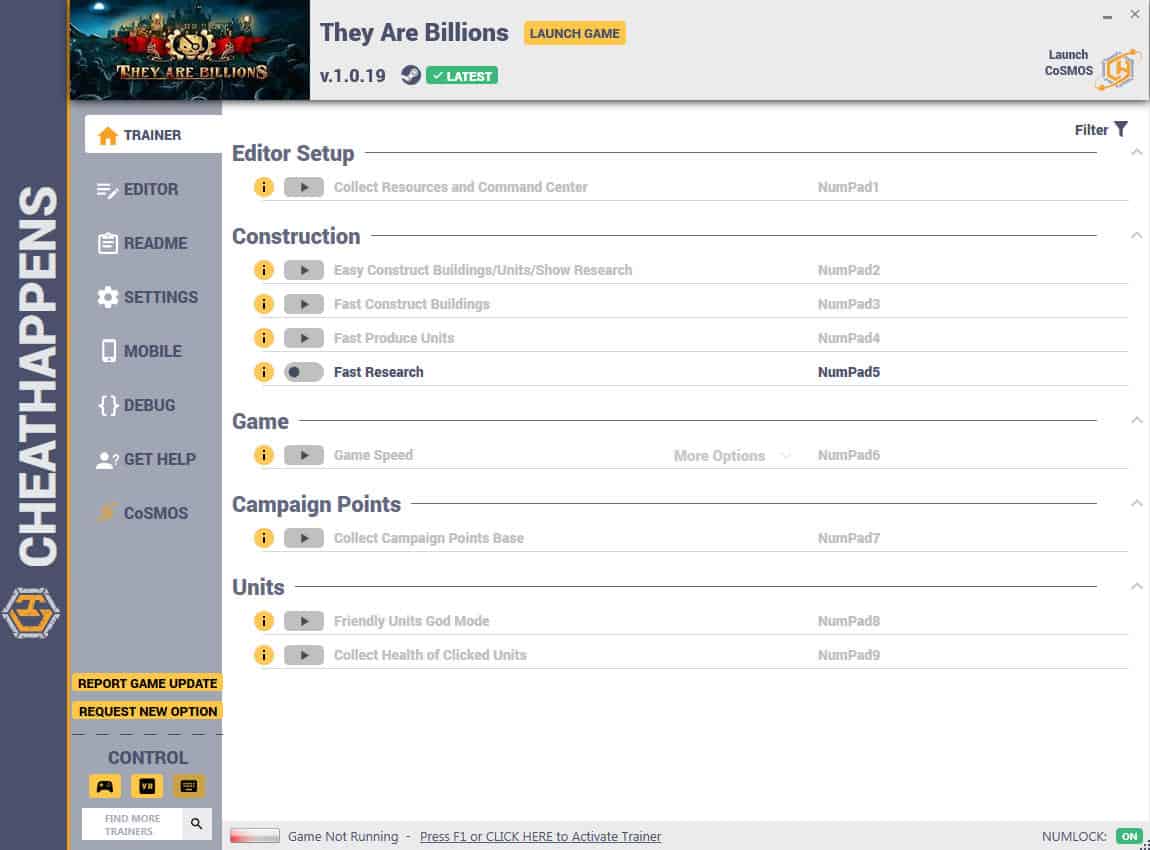

It was at Eglin that he met Christie, then a civilian weapons analyst at the Air Force Armament Laboratory. In the 1960s, while a graduate student at Georgia Tech and during a follow-on assignment at Eglin AFB, Fla., Boyd developed his famous Energy-Maneuverability theory of air combat. He combined his experience as a fighter pilot with physics and computer analysis to reach conclusions about the most effective design for fighter aircraft. The movement centered on Boyd, who attracted intensely loyal followers but whose abrasive personality made him legions of enemies as well.īoyd was a Korean War F-86 fighter pilot and later an instructor at the Fighter Weapons School, Nellis AFB, Nev., where he was called “40-Second Boyd” for the speed with which he won in air-to-air competitions. By 1980, they had been cooperating behind the scenes for years and already had several victories to their credit. They dogged aircraft modernization programs for most of the decade, but the movement tailed off and dropped into slow gear in the 1990s. It looked for a while as if the Reformers might undermine public confidence in high-technology systems altogether. Spinney in 1983 appeared on the cover of Time. The Reform movement soon became a political and news media sensation. Lind also helped Hart organize the Congressional Military Reform Caucus. Fallows, Washington editor of The Atlantic Monthly, who became the foremost cheerleader for the movement.

Lind introduced the Reformers to James M. In fact, some of the Reformers said that what the Air Force really needed was the F-5-a simple day fighter variant of the T-38 trainer aircraft-in substantial numbers. They were particularly relentless in their attack on the Air Force’s F-15 fighter, which they said was inferior to the less expensive F-16. Their slashing, take-no-prisoners style had great appeal for the news media. The Reformers were adept at marketing their message to Congress and the public. He was an ally of Boyd’s from previous days and had recruited him for PA&E. These three were protected and supported by Thomas P. His briefing, “Defense Facts of Life,” became the manifesto of the reform movement. “Chuck” Spinney, who had worked for Boyd as a captain and followed him to PA&E. Sprey, engineer and PA&E systems analyst, who, along with Boyd, had been a key instigator of the Lightweight Fighter program in the 1970s.

Boyd, retired Air Force colonel, air combat theorist, consultant to PA&E, and the spiritual leader of the Reformers. At the center of the movement were three individuals: In 1980, their home base was the Tactical Airpower division of the Program Analysis and Evaluation section of the Office of the Secretary of Defense. The Reformers took on tanks, missiles, and ships, but their primary target was tactical aircraft. Even worse, the Reformers said, these complicated weapons were not as effective in combat as simpler, cheaper ones. Complexity made them hard to use and maintain, leading to readiness problems and reduced sortie rates. Such weapons were so costly that relatively few could be bought. Their basic message was that the US armed forces were addicted to high technology and complex weapon systems. They were not even called “Reformers” yet. The outside world had never heard of them.

There were only about a dozen of them, mostly retired officers and midlevel systems analysts from the Pentagon and the defense industry. The Military Reformers were an obscure lot when they first emerged on the national stage around 1980.


 0 kommentar(er)
0 kommentar(er)
